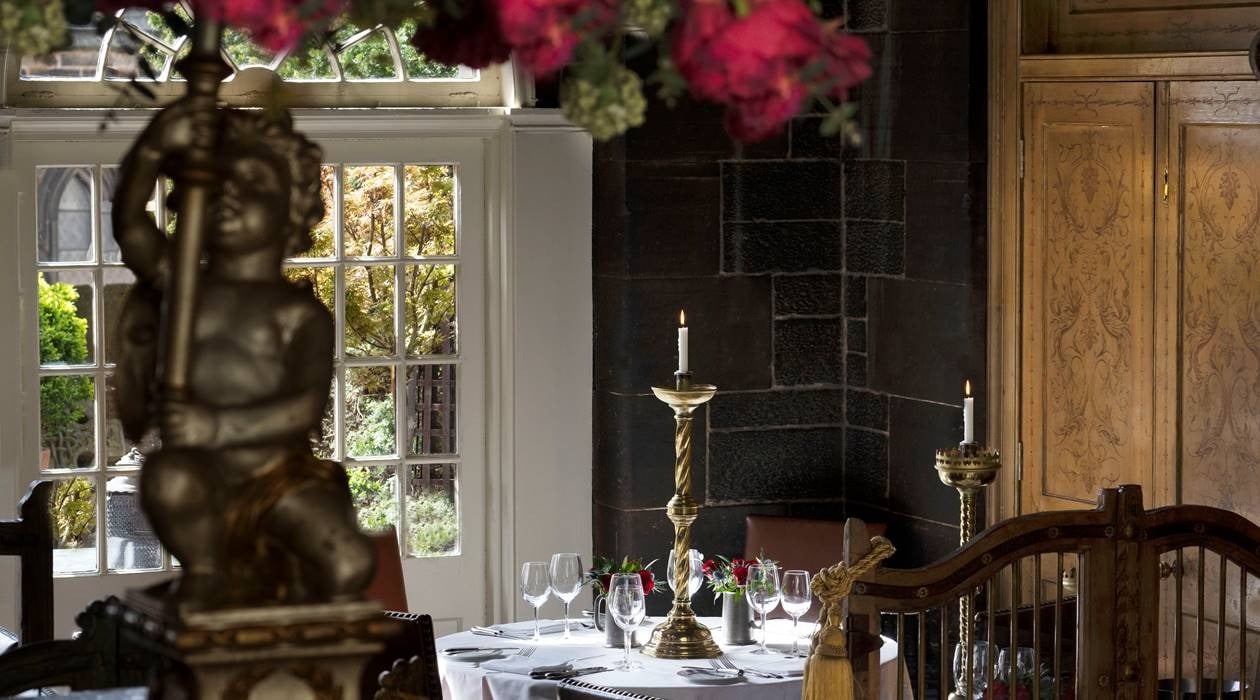The Witchery By The Castle And The Haunted Story Of Hundreds Of Witches Burned At The Stake
The Witchery by the Castle is a hotel and restaurant steeped in history, luxury, and a hint of the supernatural.
James Thomson established it in a historic building at the gates of Edinburgh Castle.
The Witchery draws its grim moniker from the witch trials that plagued the country during the 16th and 17th centuries.
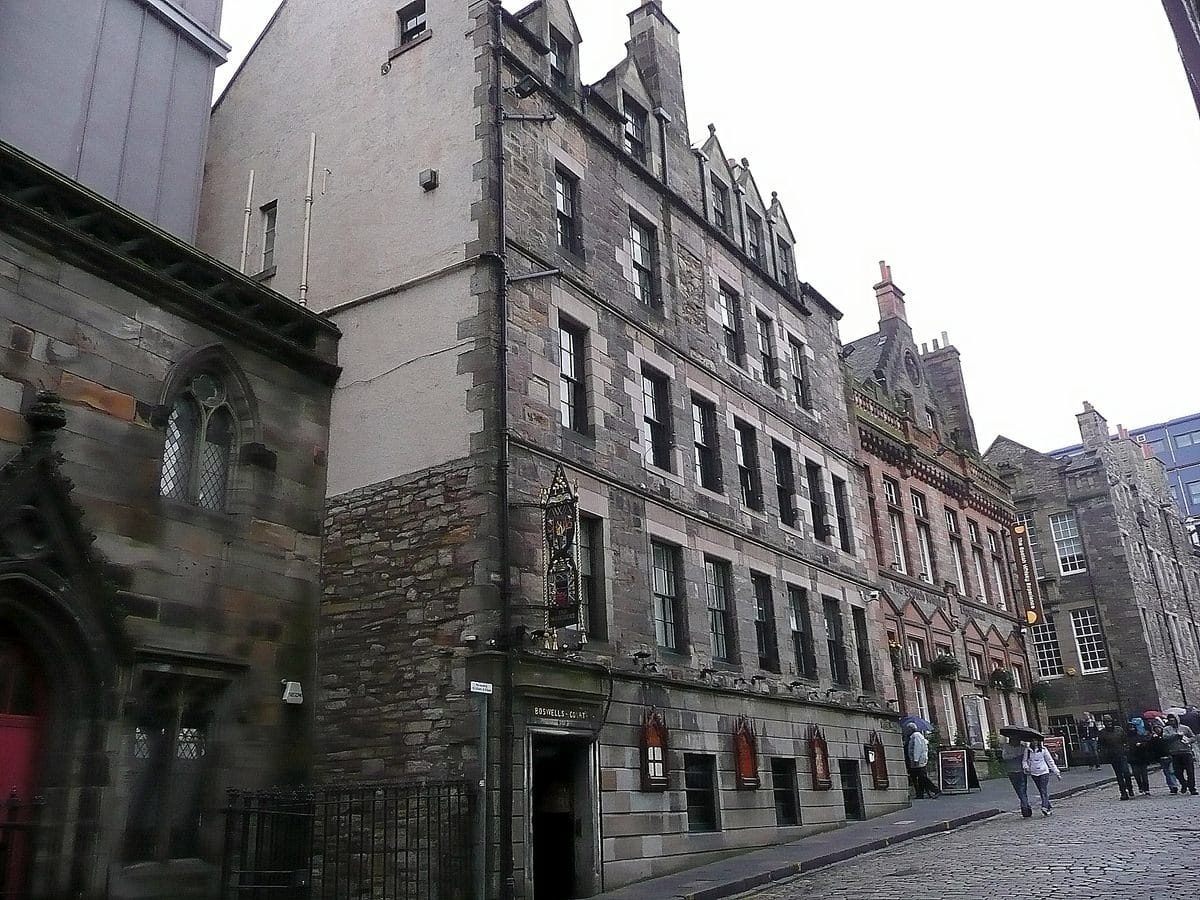
The Reason Behind the Name: The Witchery by the Castle
The name “The Witchery” is a direct reference to the tragic events that unfolded on Castlehill, a stone’s throw from the hotel.
During the late 16th and 17th centuries, Scotland, like many parts of Europe, was gripped by a hysteria over witchcraft.
This period saw a frenzy of accusations, trials, and executions of individuals—both men and women—suspected of practicing witchcraft.
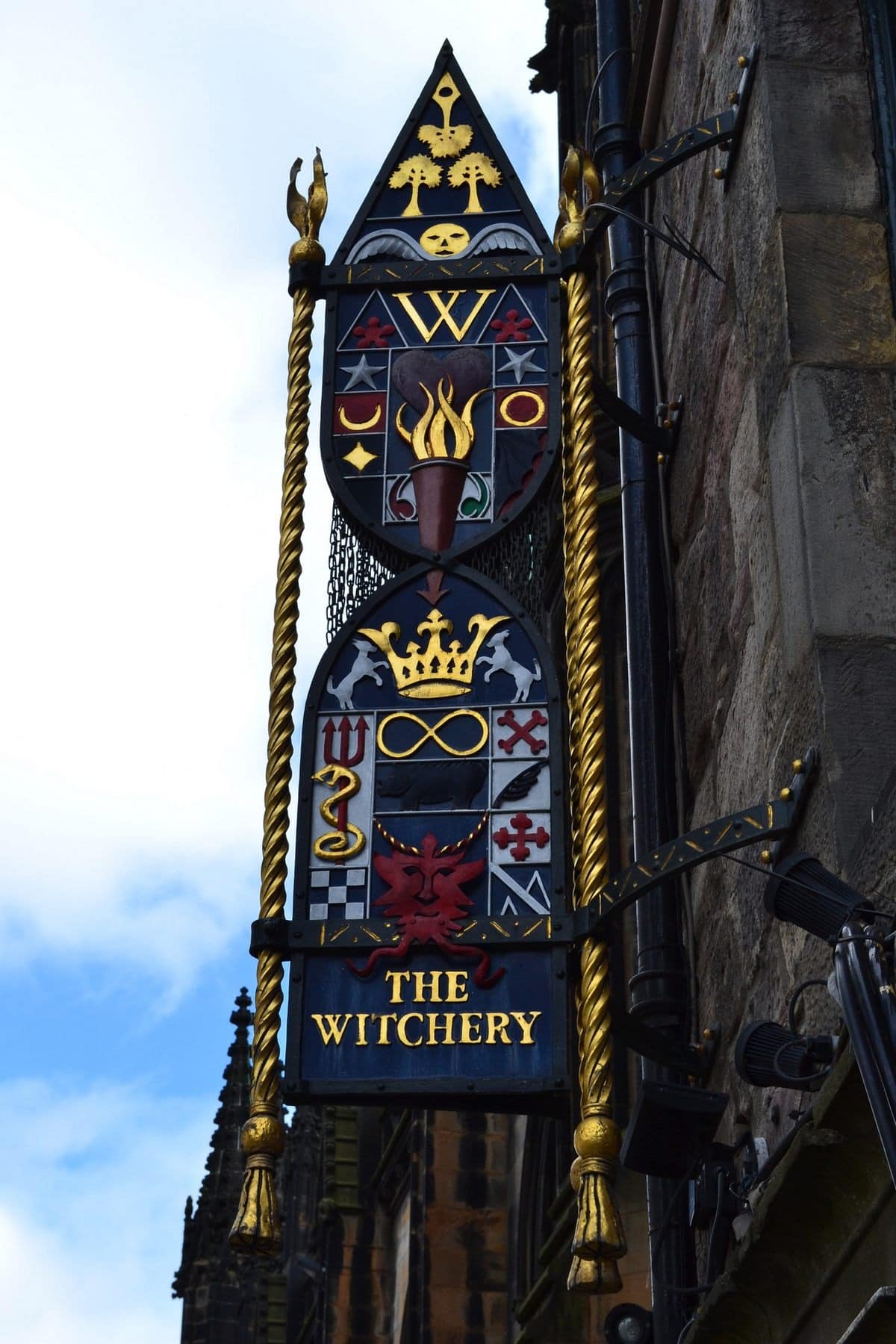
Close to the hotel, on Castlehill, hundreds of accused witches were burned at the stake.
This area saw the highest concentration of such executions, driven by King James VI of Scotland.
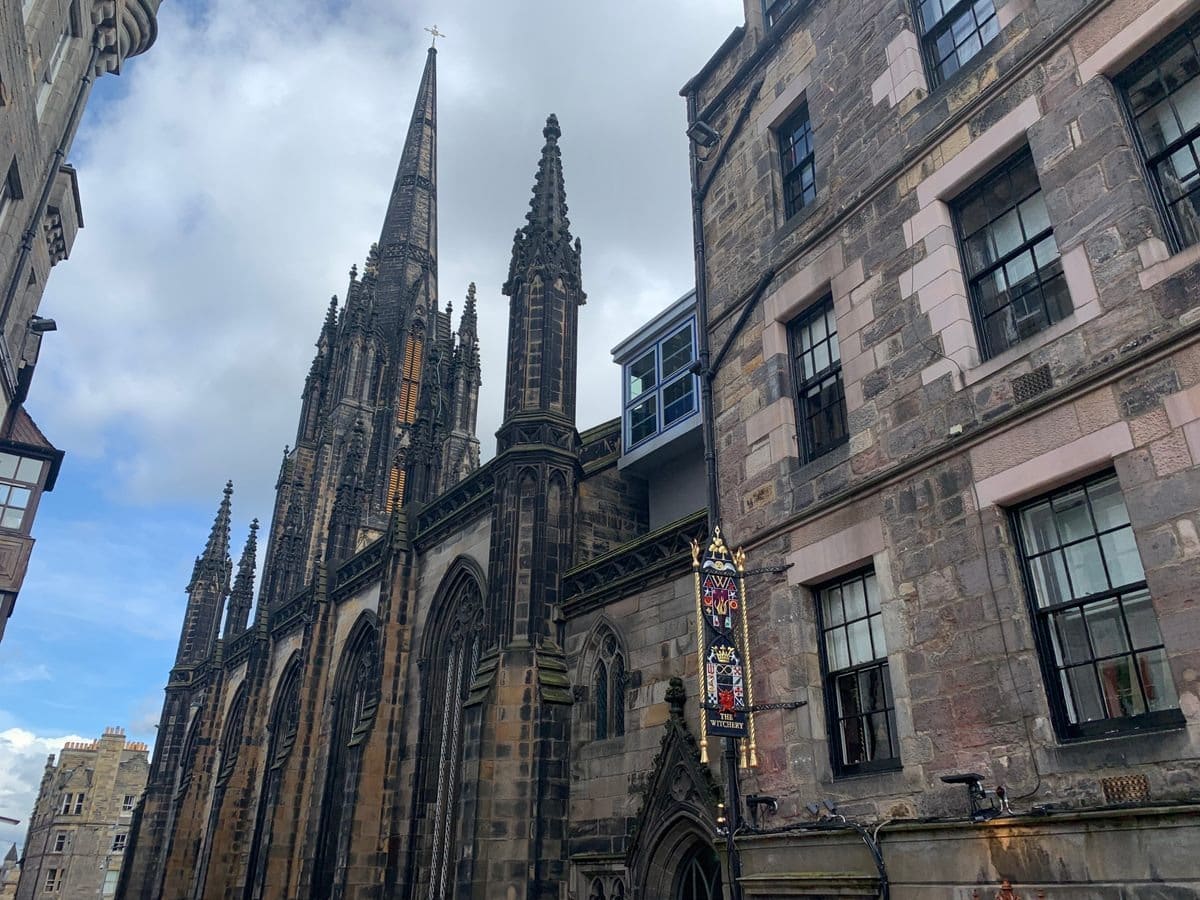
His fascination with witchcraft and the supernatural led him to write “Daemonologie,” a treatise published in 1597 that condemned witchcraft and provided justification for the persecution of those accused.
This work significantly influenced the witch hunts, exacerbating the fear and suspicion that led to the tragic executions.
The Witches’ Well
Near the entrance to The Witchery is The Witches’ Well, the only monument in Edinburgh dedicated to the memory of those accused and executed for witchcraft.
This small but significant memorial was designed by artist John Duncan and installed in 1894.
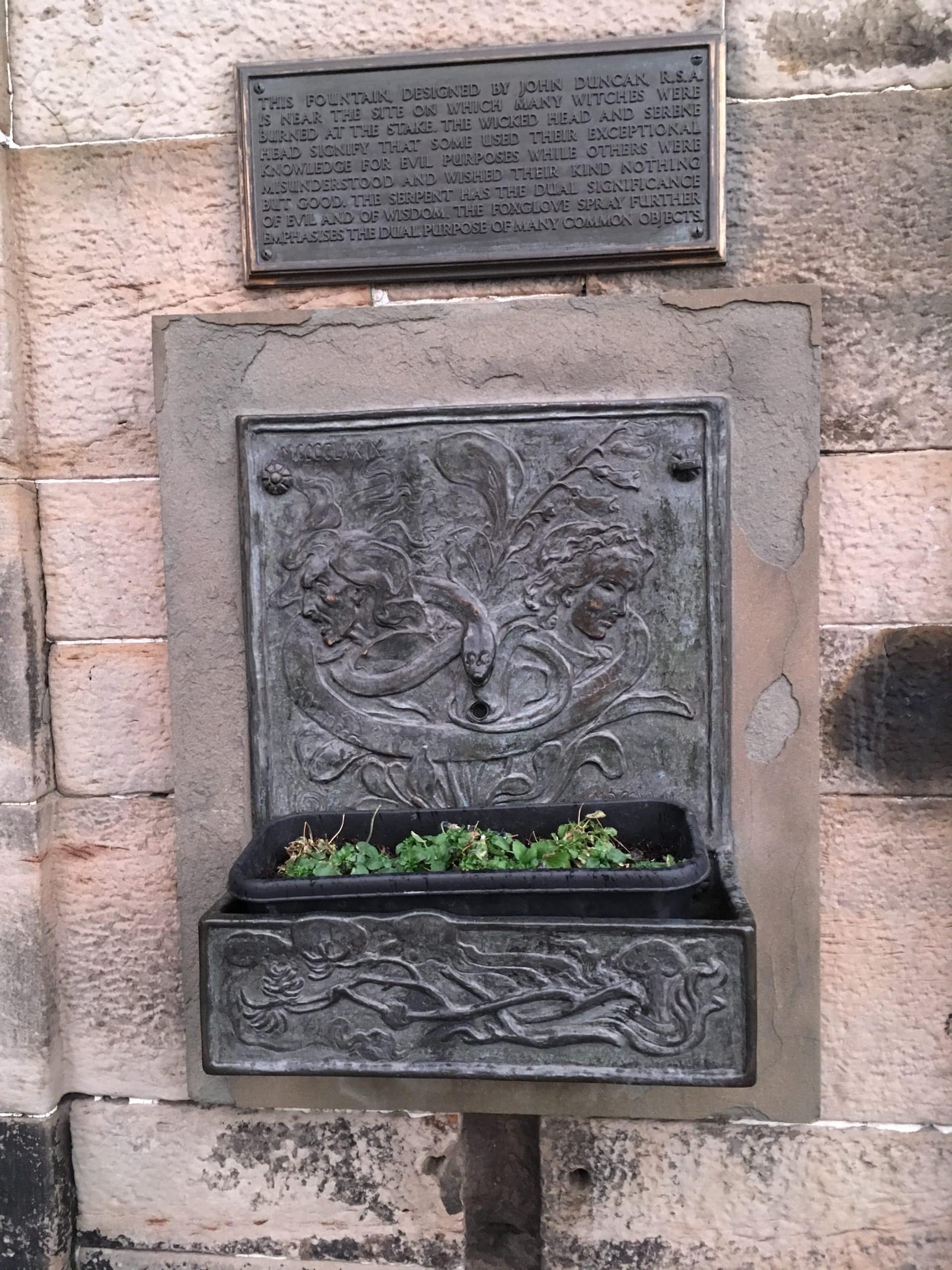
It features a bronze relief of a serpent and a foxglove, symbolizing healing and deceit, respectively.
The plaque honors the victims of the witch trials, serving as a lasting reminder of the tragic history that surrounds the area.
The Witchery Is Inside Boswell’s Court
The Witchery is housed in a substantial sixteenth-century building, Boswell’s Court.
This building was constructed in 1595 for merchant Thomas Lowthian.
Visitors can still see Lowthian’s initials and his motto, “O Lord in thee is all my traist” (trust), can still be seen carved above the entrance.
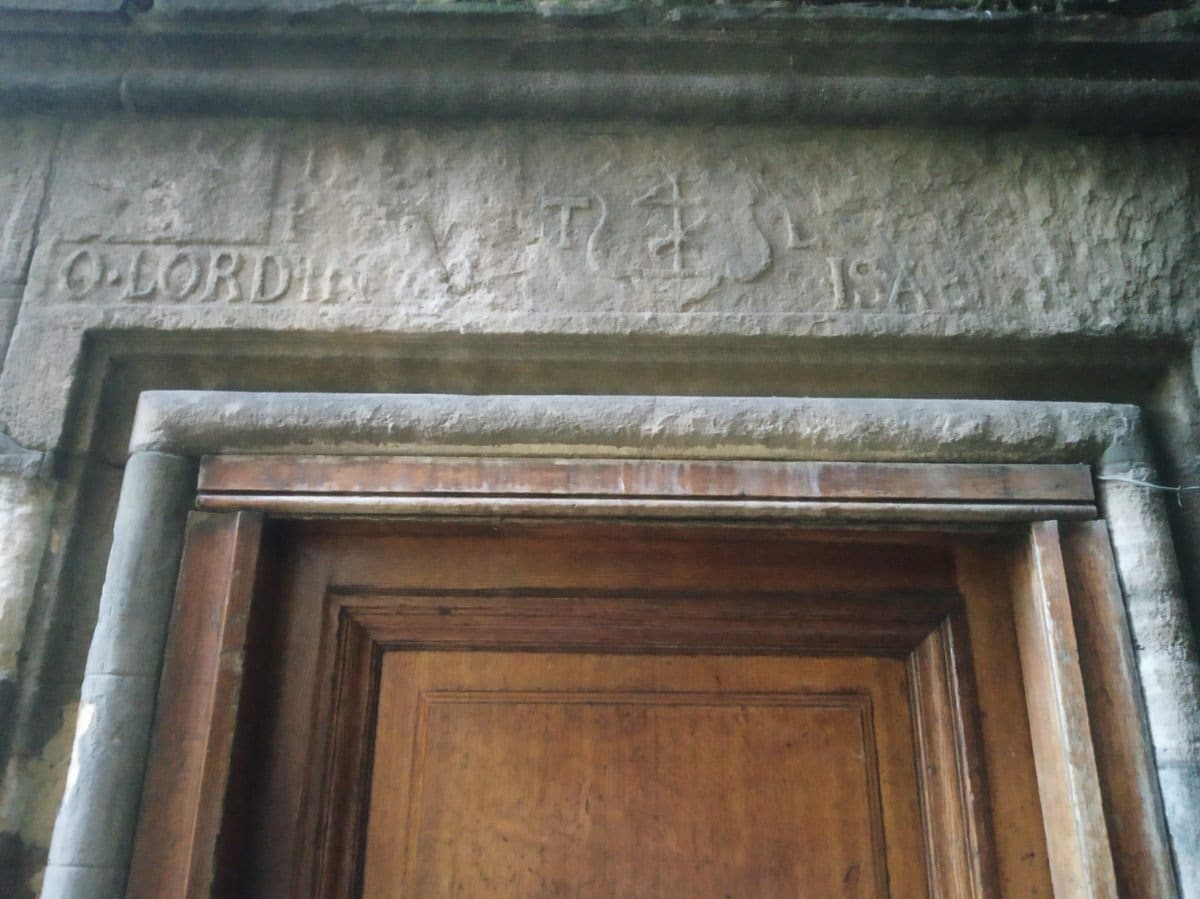
Boswell’s Court was later named after John Boswell, the uncle of James Boswell, the famous biographer of Dr. Samuel Johnson.
It is said that James Boswell and Dr. Johnson dined together at this location towards the end of the 18th century,
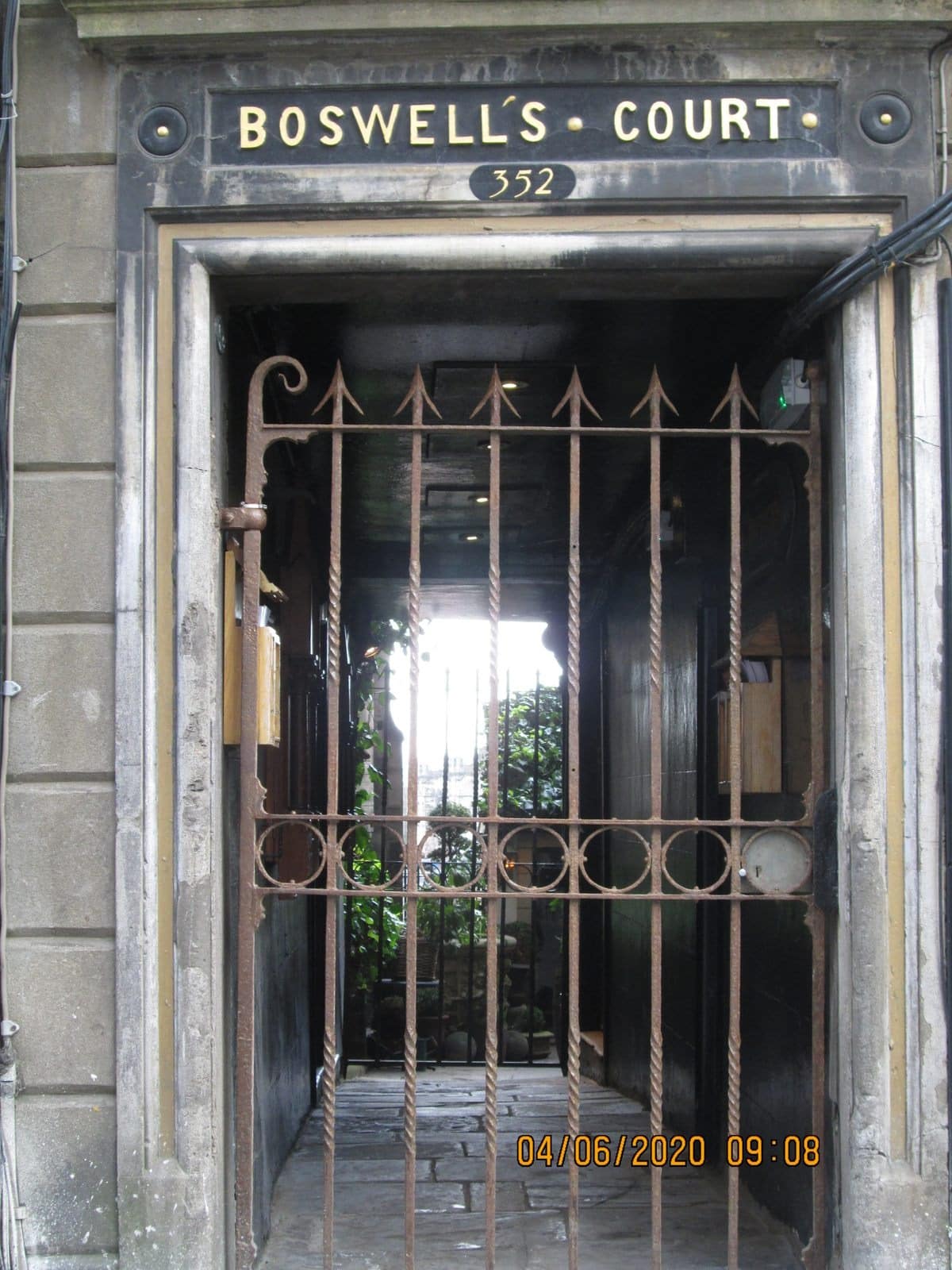
After Thomas Lowthian’s residence, it became a committee chamber for the clergy members of the Church of Scotland and later functioned as a rectory.
James Thomson’s Vision
Restaurateur James Thomson OBE opened The Witchery in 1979, transforming the historic building into a luxurious hotel and dining destination.
The interior is adorned with tapestries, 17th-century oak paneling from St. Giles Cathedral, and gilded decorations, creating a rich, opulent atmosphere reminiscent of the Jacobean era.

Luxurious Suites
The Witchery offers nine luxurious suites, each uniquely decorated with antiques, rich fabrics, and opulent furnishings.
Guests can enjoy modern comforts like Alexa devices, GHD straighteners, and Dyson hairdryers, cleverly concealed amid the historic decor.
The suites’ Gothic charm includes four-poster beds, tapestries, and bathrooms reminiscent of Gothic chapels.
The Vestry Suite
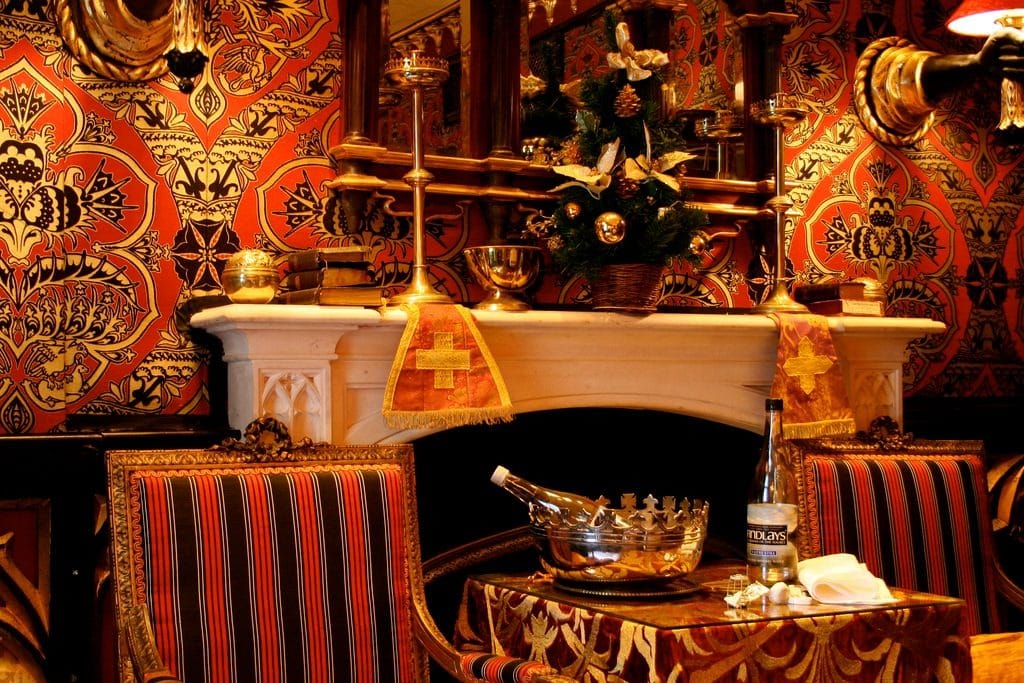
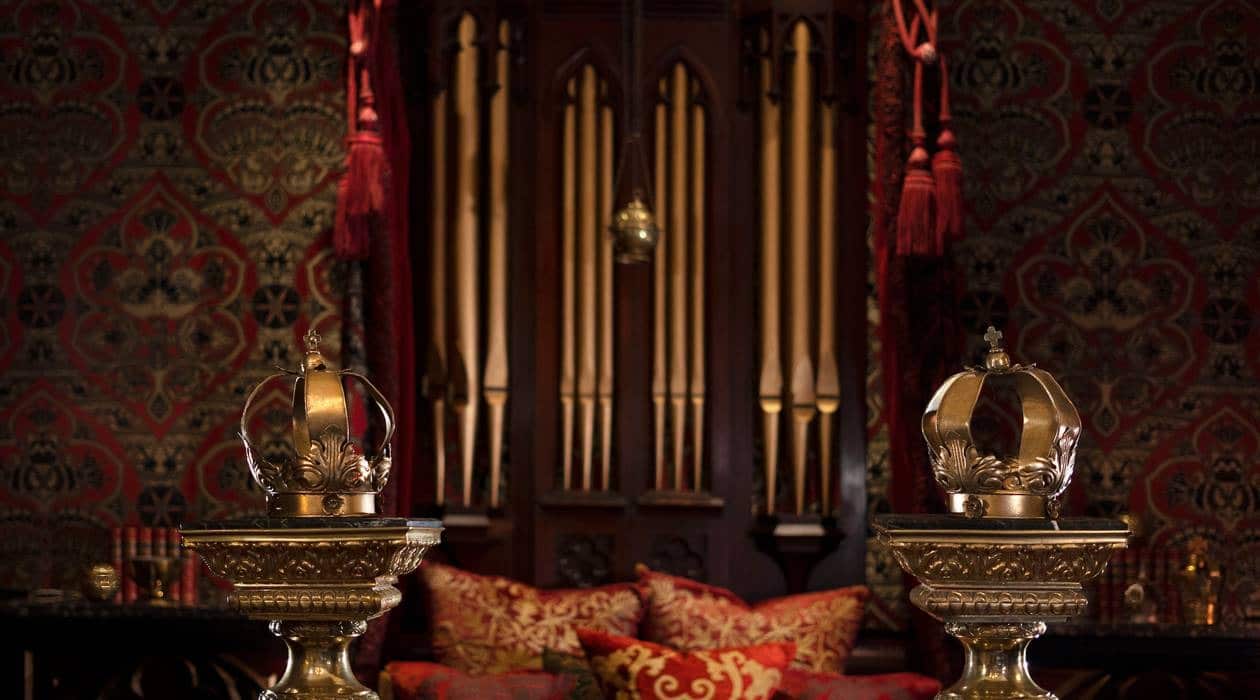
The Guardroom Suite
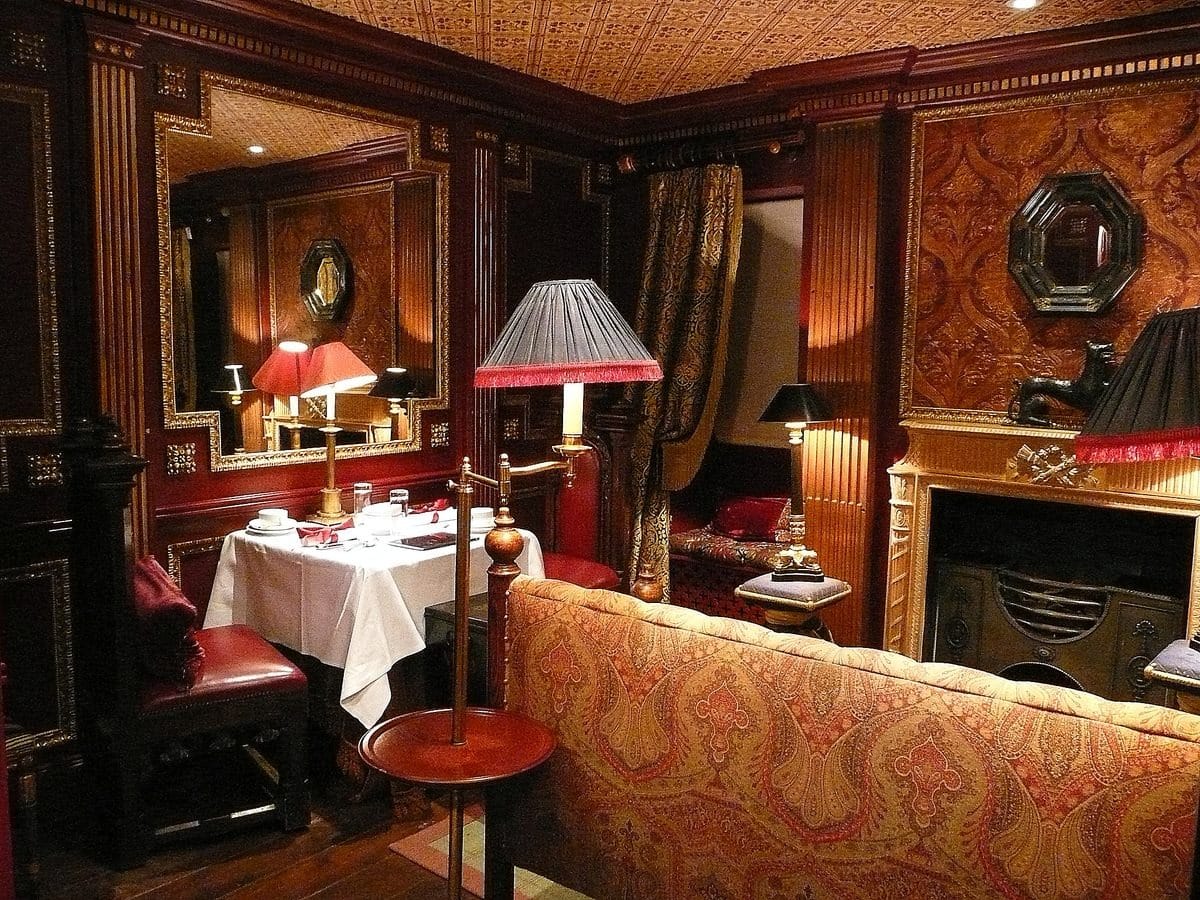
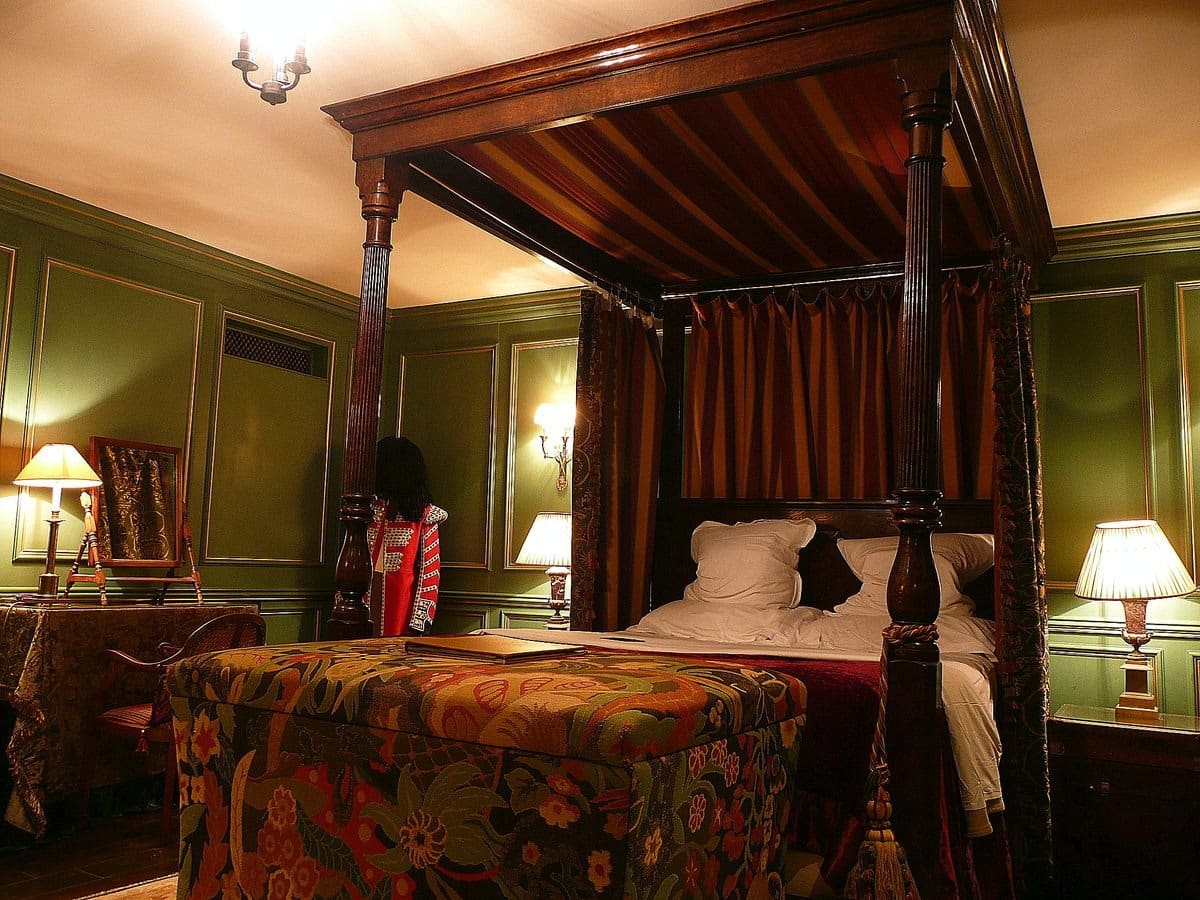
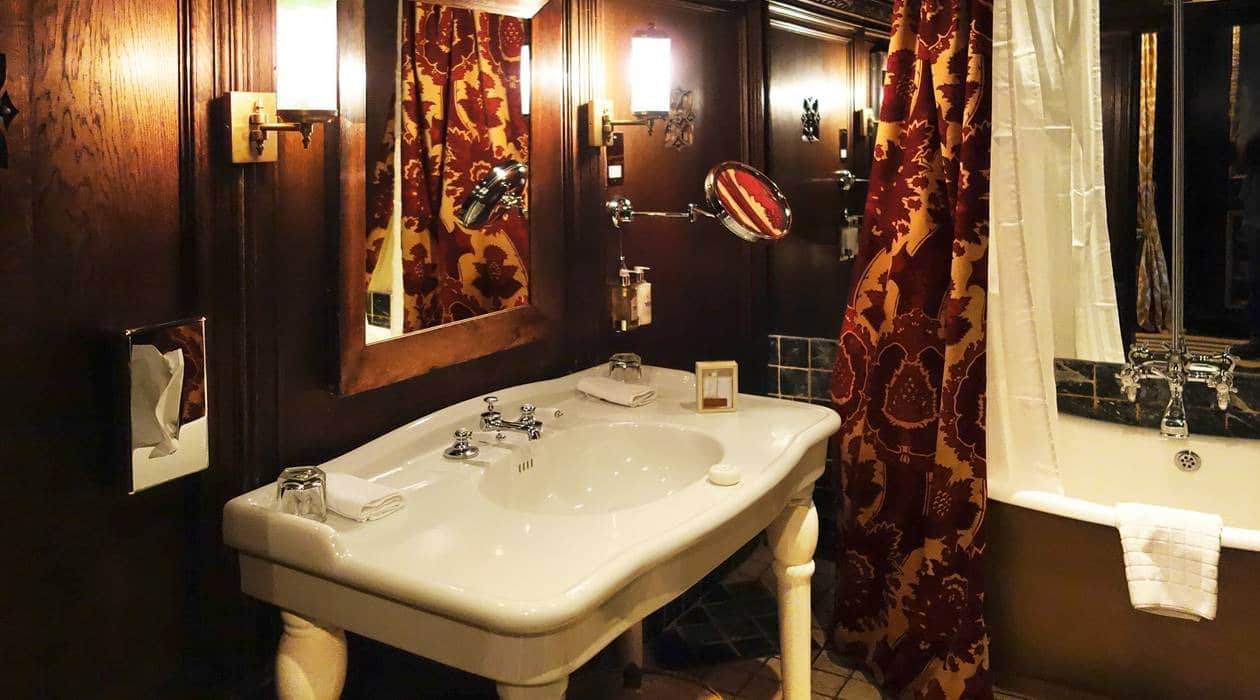
The Heriot Suite

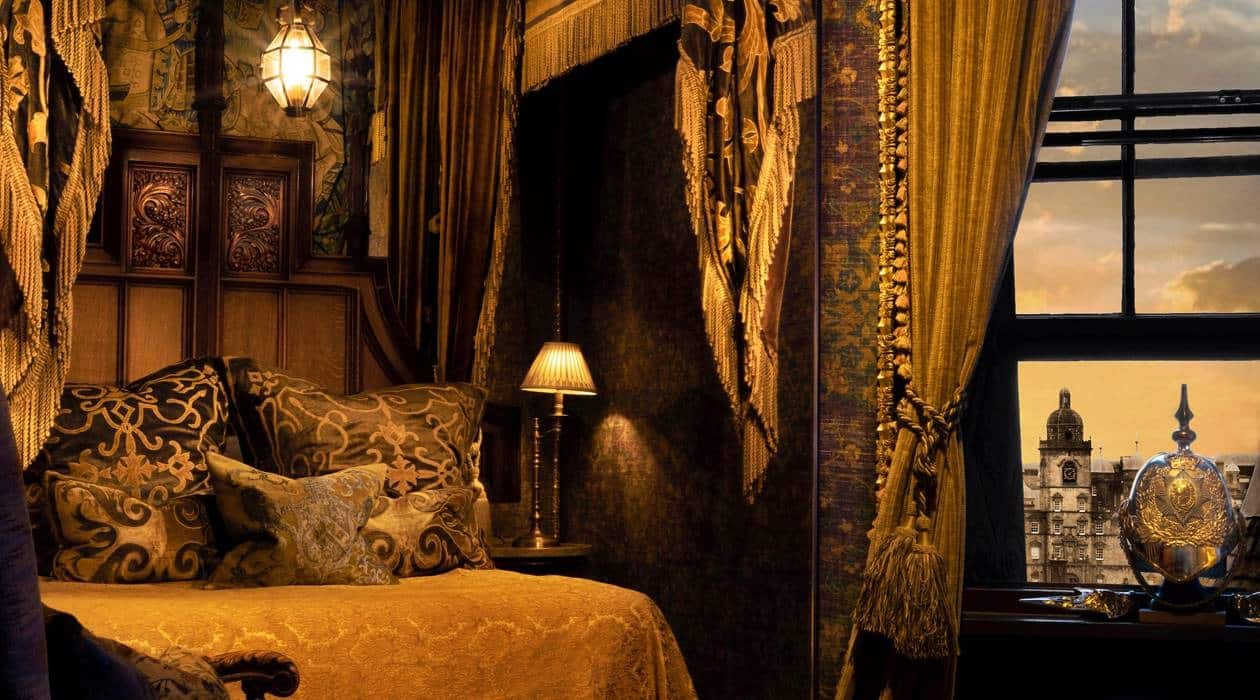
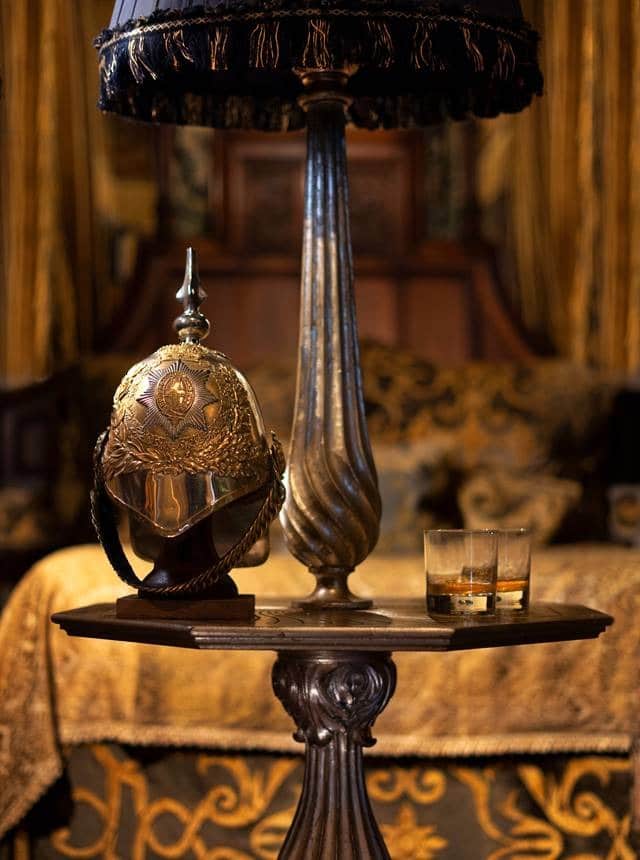
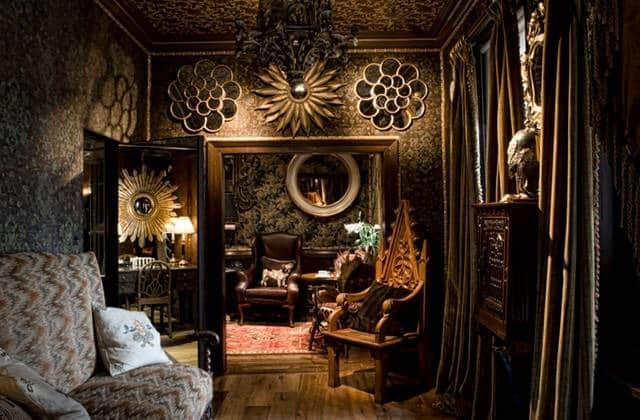

The Turret Suite
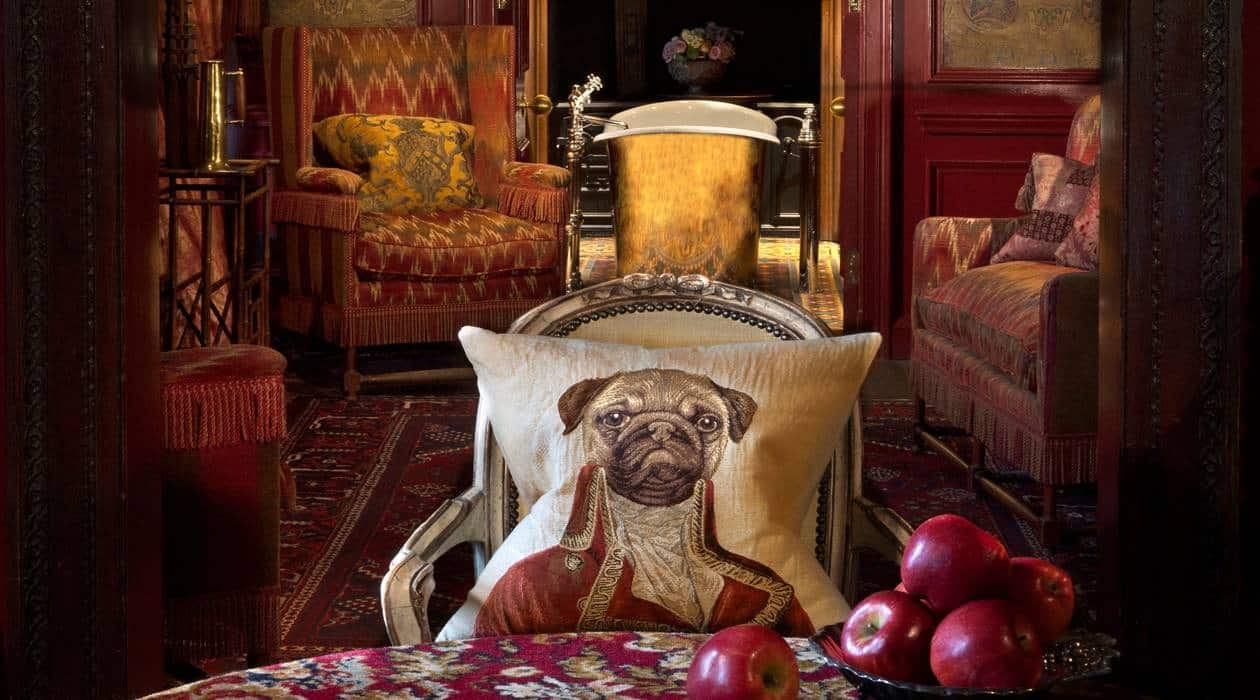
The Turret Staircase
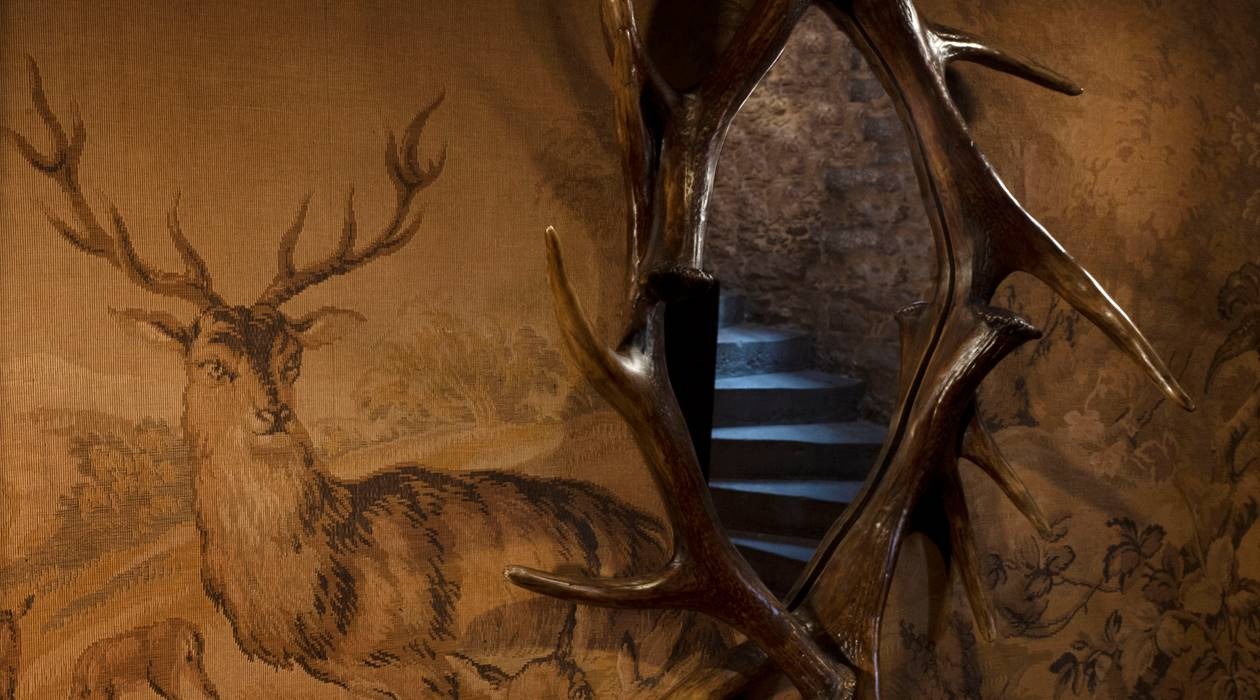
The Library Suite
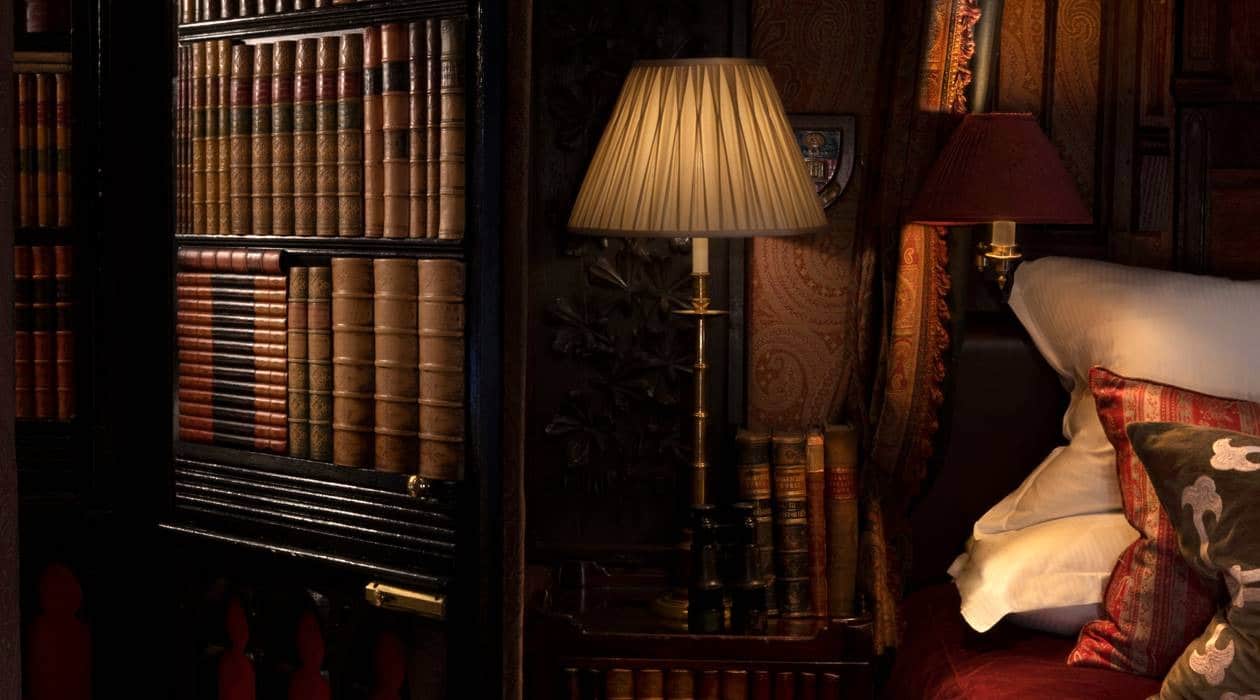
The Armoury Suite
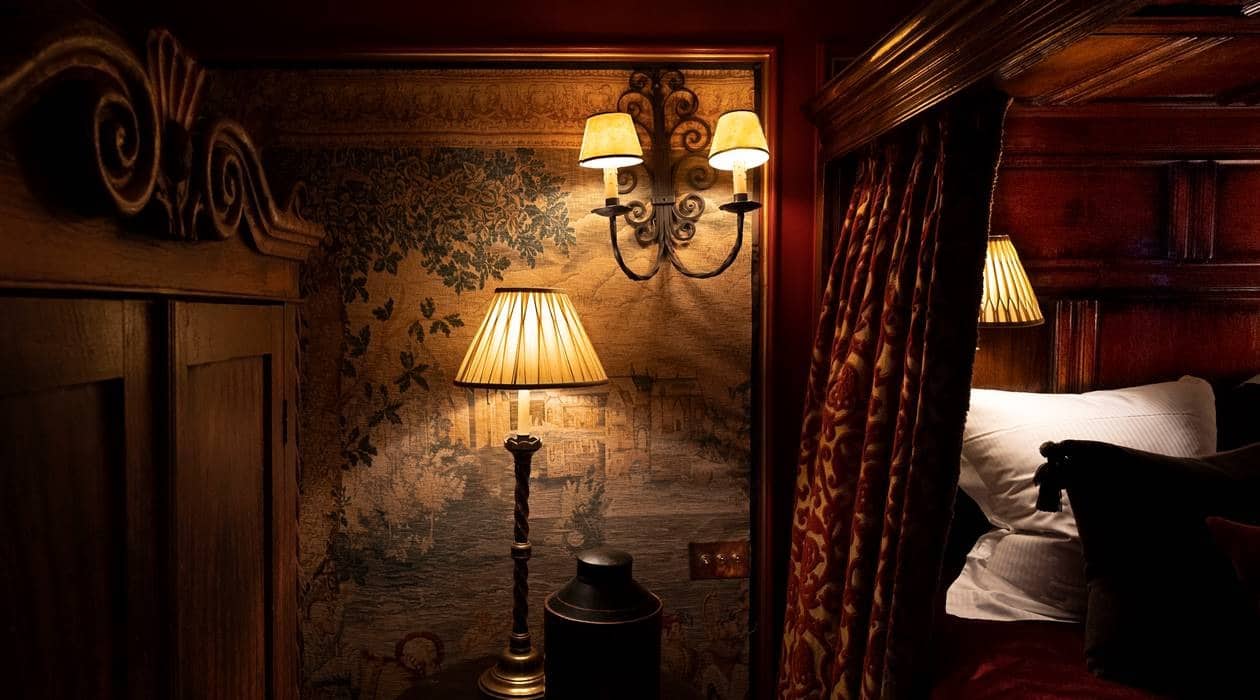
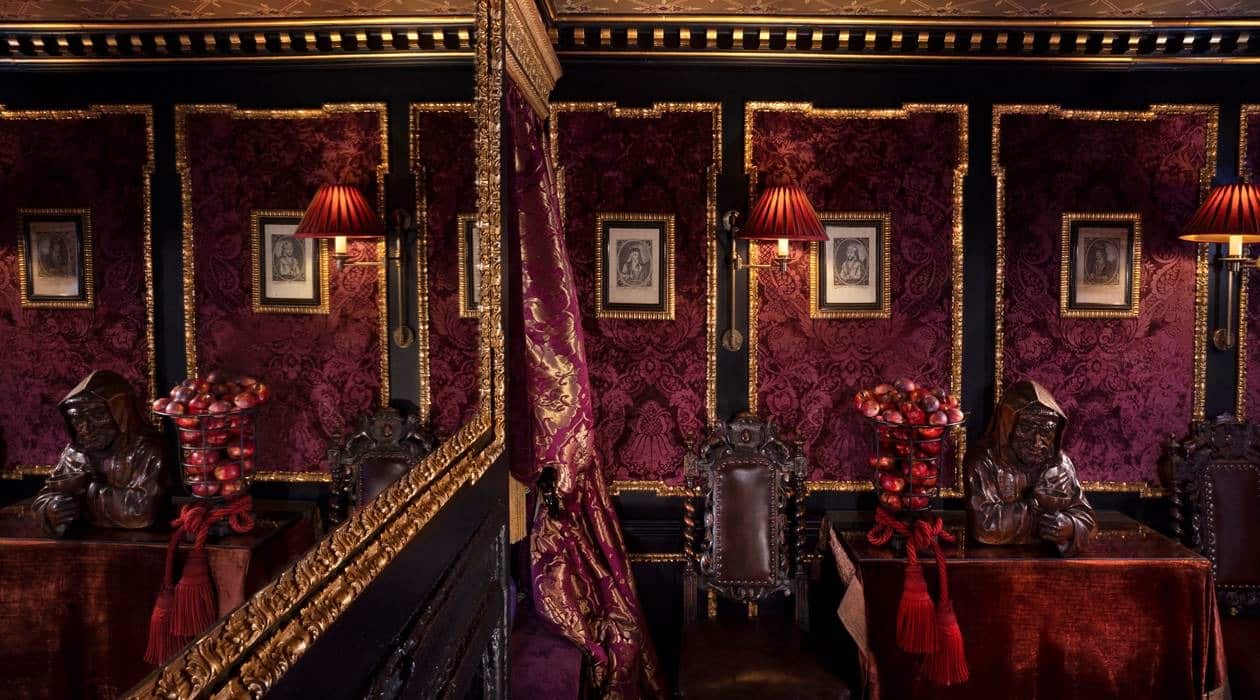
The Old Rectory Suite

The Inner Sanctum Suite
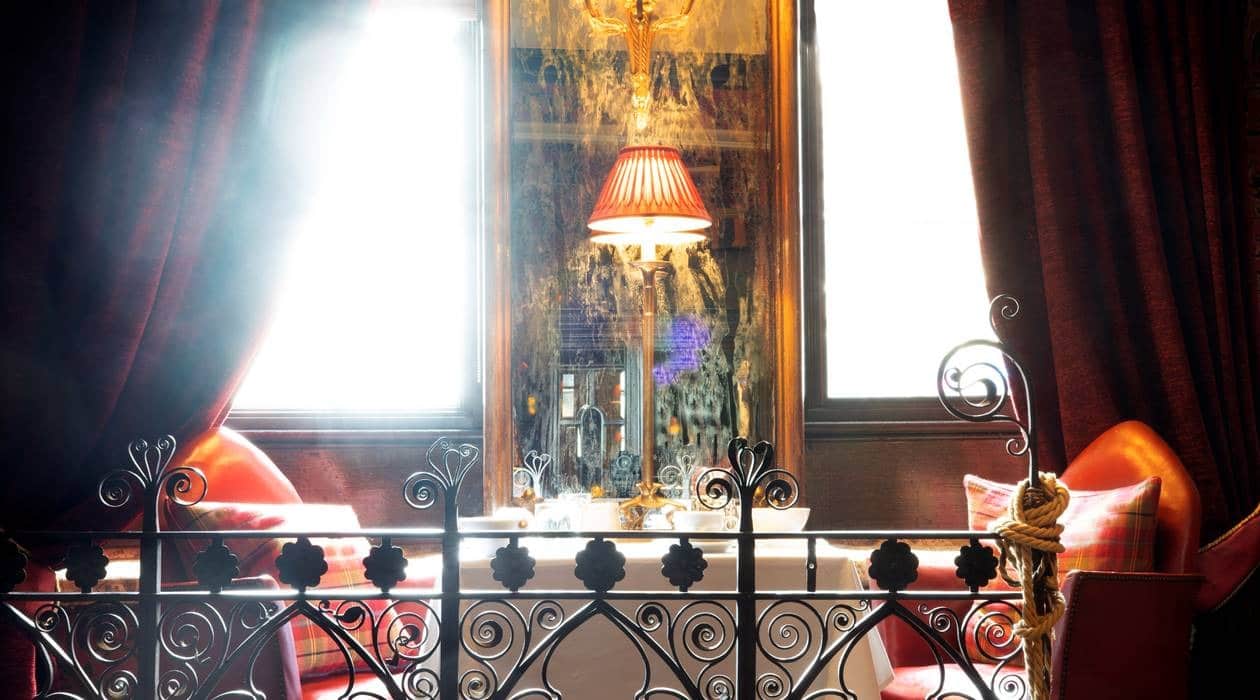
Ghostly Encounters
Given its proximity to such a macabre history, it’s no surprise that The Witchery is rumored to be haunted.
Guests and staff have reported numerous eerie experiences over the years, from inexplicable cold spots to sightings of ghostly figures.
Some visitors claim to have seen the apparitions of those who were executed during the witch trials, their restless spirits seemingly bound to the place where they met their untimely deaths.
One notable ghost story involves a Scottish author, Graeme Milne, who reported seeing the ghost of a dog outside his room during his stay in 2013.
This spectral canine is just one of many ghostly presences that guests have described.
Fine Dining Experience
Dining at The Witchery is an experience in itself.
The restaurant’s menu showcases the best of Scottish cuisine, featuring dishes like oysters Rockefeller, lobster Thermidor, and foie gras.
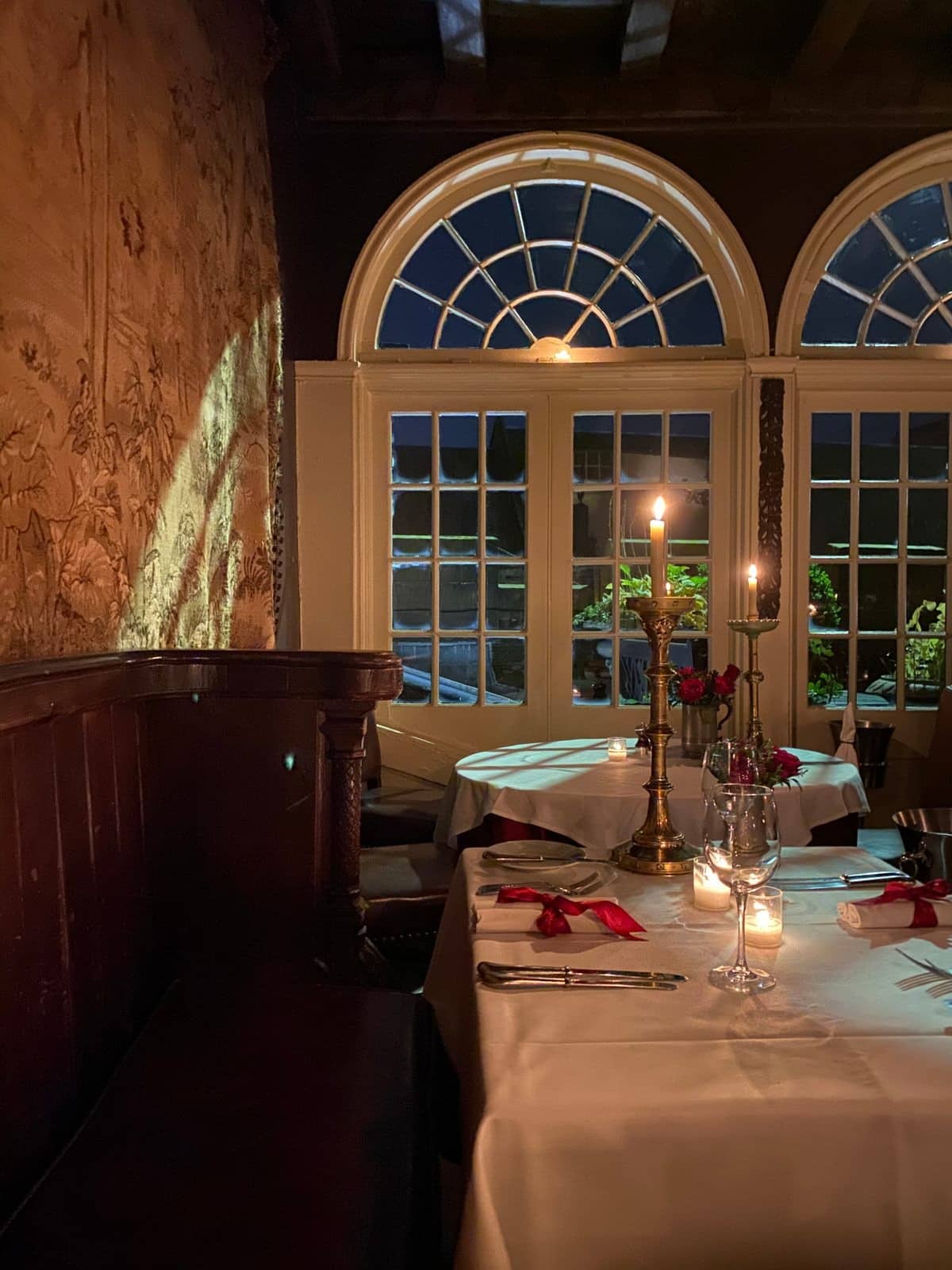
The Secret Garden offers a lighter, airy atmosphere, perfect for enjoying afternoon tea with cakes, scones, and sandwiches.
The Secret Garden
In 1990, Thomson expanded The Witchery with the addition of the Secret Garden, an enchanting al fresco dining space.
The Secret Garden is on an abandoned schoolyard located next to the original Witchery dining room.
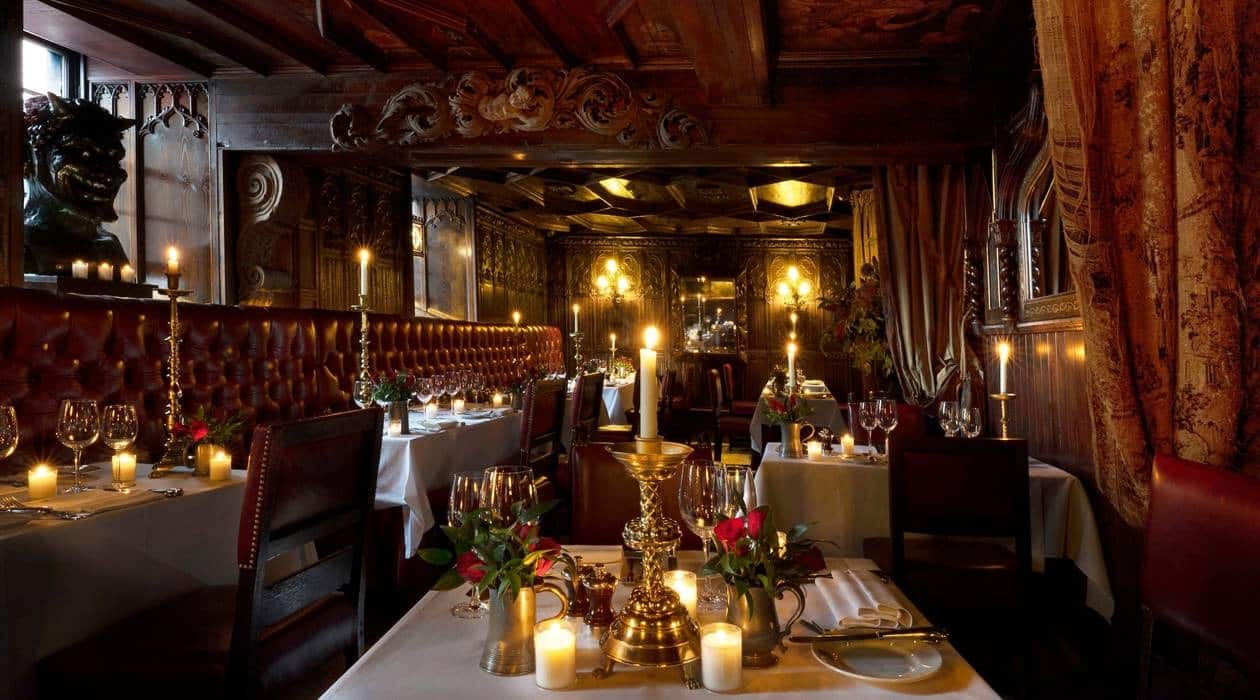
This area features a painted ceiling inspired by Rossend Castle in Fife, and the terrace is filled with topiaries and urns, providing a serene contrast to the main dining room’s dark, brooding ambiance.
